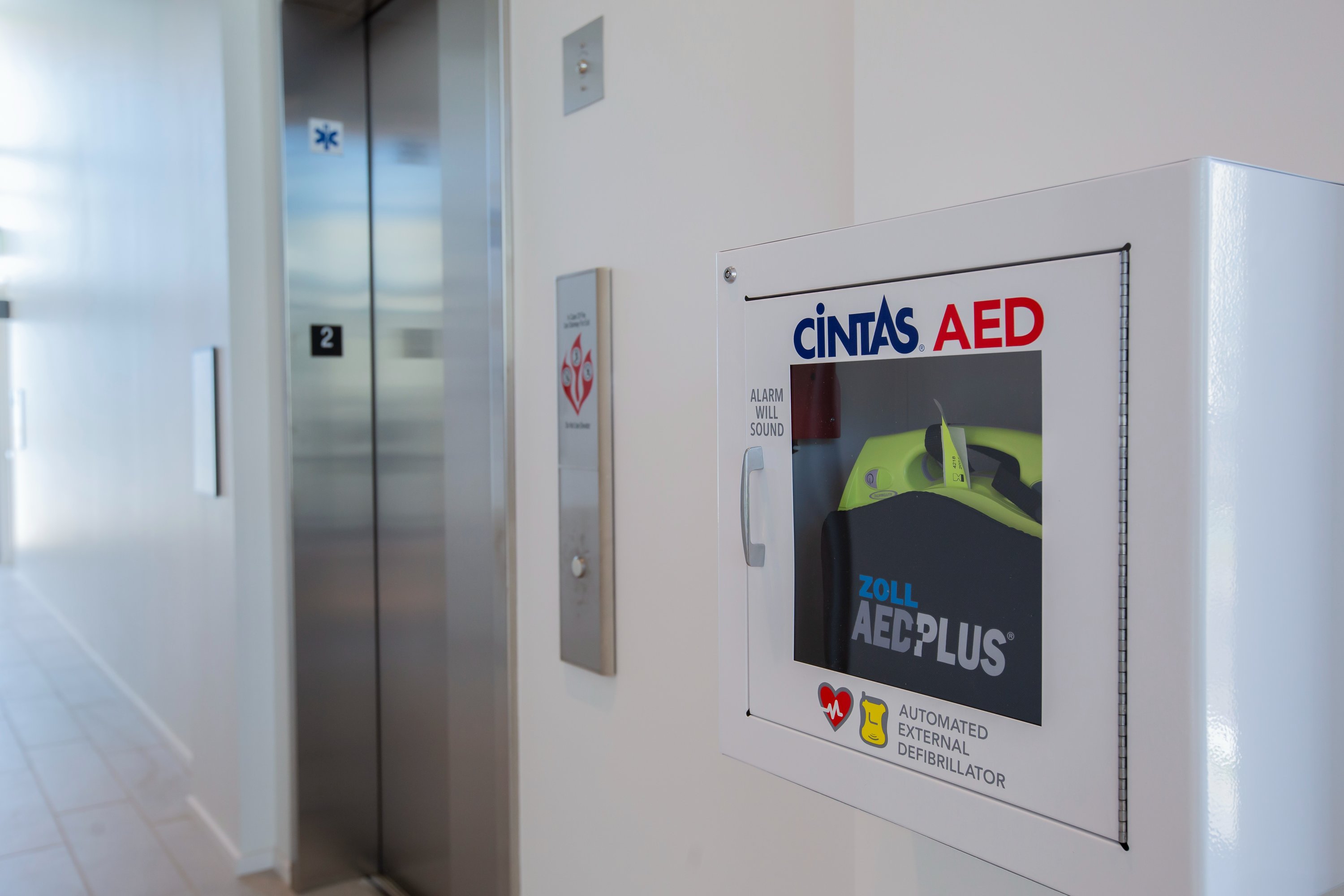Emergency Preparedness
The Stanford Redwood City (SRWC) campus emergency management program is designed in concert with the updated university Emergency Management Program. The SRWC campus has an Emergency Operations Center (EOC) that is managed by the SRWC Operations team. A key feature of the plan is a focus on building-centric emergency plans. Also consider registering on ShakeOut.org for natural disaster-related emergency updates in your area.
AlertSU
AlertSU will be used to notify SRWC employees of time-sensitive campus safety issues and provide updates in the event of an emergency affecting the SRWC community. These alerts will also be posted to the Redwood City alerts page. SRWC Operations also maintains an emergency information hotline (650-497-1111), which provides a recorded campus status message when activated.
Maintaining your profile in the StanfordYou directory is critical for emergency communications. The AlertSU system sends alerts via SMS text and email using contact information from StanfordYou.
Below are step-by-step directions on how to maintain your directory profile.
Step 1: Visit StanfordYou. Click on 'Maintain your directory and AlertSU emergency contact information.'
Step 2: Update your work address under ‘Stanford Affiliation.’
- Building: Start by typing your building name (example: Cardinal Hall)
- Address - line one: Once your building name is entered, this field will self-populate (example: 505 Broadway)
- Address - line two: Manually enter your floor number and mail code (example: 5th floor, mail code 8809)
- Address - line three: Manually enter other details as needed
- City, State, Zip/Postal Code and Country: These fields will self-populate
Step 3: Return to the 'Maintain your directory and AlertSU emergency contact information' page. Update your mobile number under 'Mobile Contact Info' and ensure the "OK to use for AlertSU" box is checked.
For StanfordYou directory questions, contact University IT.
Public Access Trauma Kits
In partnership with the Stanford University Department of Public Safety (DPS), 8x Bleeding Control (Trauma) Kit red stations have been strategically installed at the following locations (next to existing AED cabinets) across the Stanford Redwood City (SRWC) campus:
- Academy Hall – 1st Floor Elevator Lobby
- Cardinal Hall – 1st Floor Elevator Lobby & Café West Entrance
- Central Energy Hub – Control Room #101
- Discovery Hall – 1st Floor Elevator Lobby
- RecWell Center – 1st Floor Elevator Lobby
- SRWC Operations Hub (585 Broadway) – Central Lobby near #108 (*AED pending delivery/installation 11/2023)
University Hall – 1st Floor Elevator Lobby
Each public access red station contains 4x Bleeding Control (Trauma) Kits, which contain the following supplies:
- SOF-T wide tourniquet
- 4” emergency trauma dressing
- QuikClot bleeding control dressing
- Hyfin chest seal
- CPR face shield with bite block
- Emergency Mylar blanket
- Trauma shears
- Nitrile gloves
- Permanent marker
Each public access bleeding control (trauma) kit’s contents are clearly organized using color-coded, alpha-numeric labels that correspond to the instructions in the mobile application and enclosed instruction card. The mobile app’s diagnostic prompts are comprised mostly of “yes” or “no” questions and the instructions are written in layperson’s terms. For a video demonstration from Zoll, please visit https://www.youtube.com/watch?v=mYN5mCmqTJM.
The Zoll/Mobilize Rescue Systems mobile application is available for free via Android/Google Play and the Apple/iOS App Store, or by scanning the QR code listed on the Public Access Bleeding Control (Trauma) red stations.
- Using the licensing code “SUprepare”, anyone who studies, works, lives, or visits a Stanford campus can download the mobile application.
- A brief registration to link an email account for each user will ensure that users have the most current medical guidance available.
